Table of Contents
Imagine walking through a land where every city tells a story—of ancient kings, poetic gardens, colorful bazaars, and sacred places. Welcome to Iran, a country filled with life, history, and beauty at every turn. This journey will take you through the major cities in Iran, each one offering something special and unforgettable. These are the cities travelers should not miss—places where the past meets the present in the most magical way.
In this article, we’ll explore some of the big cities of Iran that every visitor should see. These are not just the largest cities in Iran—they are the cultural, historical, and spiritual centers that show the true heart of the country.
Whether you dream of walking through the poetic streets of Shiraz, exploring the grand architecture of Isfahan, or feeling the pulse of modern life in Tehran, each city has something special to offer. Let’s begin this journey through Iran’s most unforgettable cities.
Tehran: The Bustling Heart of Iran
At the base of the Elburz Mountains lies Tehran, the dynamic and ever-evolving capital of Iran. As the largest city in Iran, it is home to millions and stands as the country’s political, economic, and cultural hub. Among the major cities in Iran, Tehran is where modern life meets a deep and rich history, offering travelers both energy and insight.
This big city of Iran plays a major role in shaping the nation. It hosts nearly 30% of Iran’s workforce and is the center of many industries, yet it still finds room for art, tradition, and calm green spaces. Over the years, Tehran has invested in preserving its heritage while also building a vibrant, modern lifestyle. Today, it’s one of the most fascinating cities to explore in the country.
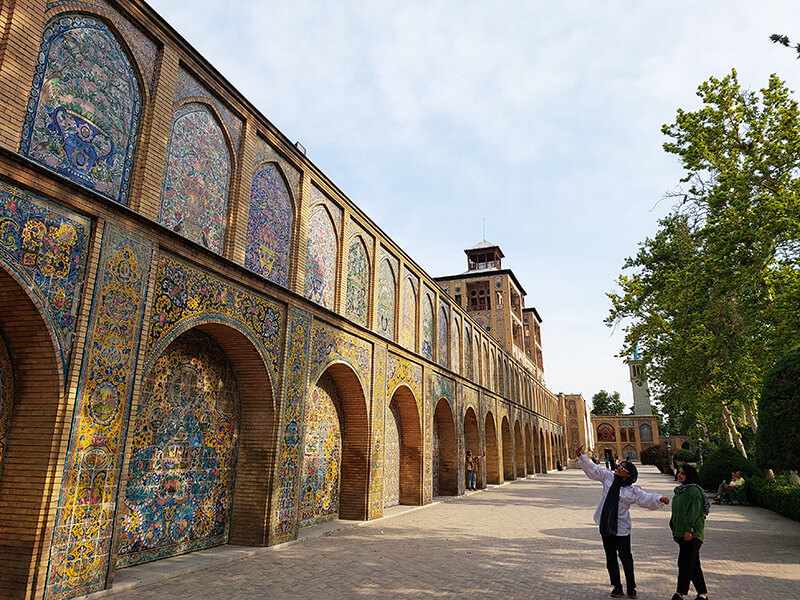
Main Attractions in Tehran
If you’re visiting Tehran, these five major attractions offer the best introduction to the city’s culture, art, and history:
- Golestan Palace
A masterpiece from the Qajar era and a UNESCO World Heritage Site, this royal complex features elegant halls, mirror work, and peaceful gardens. - Sa’dabad Palace Complex
Set in the foothills of northern Tehran, this large complex was once a royal residence. Today, it hosts museums surrounded by trees and cool mountain air. - Tehran Grand Bazaar
More than just a market, the Grand Bazaar is the living heart of old Tehran. You can shop for everything from spices to carpets, or simply enjoy the lively atmosphere. - National Museum of Iran
The country’s top archaeological museum, filled with ancient artifacts from Iran’s many historical periods—including the Elamites, Achaemenids, and Sassanids. - Treasury of National Jewels
A dazzling museum showcasing royal treasures, including crowns, swords, and one of the world’s largest pink diamonds, the Darya-ye Noor.
Attractions Around Tehran
Just outside the city, you can find natural beauty and peaceful spots for relaxing day trips:
- Darband
A charming mountain village with riverside cafés, hiking trails, and cool weather—popular with locals, especially on weekends. - Tochal Cable Car & Ski Resort
A unique spot where you can ski in winter or enjoy stunning mountain views and fresh air all year round. - Damavand Trekking
An adventurous escape to Mount Damavand, the highest peak in Iran. Ideal for nature lovers and hikers, it offers stunning alpine views, hot springs, and a true taste of Iran’s wild landscapes.
Want to explore Iran incredible cities with a local expert?
Tehran is a mix of modern buildings, historical monuments, quiet parks, and busy streets. Its people come from all across the country, bringing different traditions, languages, and stories to the city. For travelers, Tehran is an exciting first stop—a place where Iran’s past and present come together and where every corner has something new to discover.
Isfahan: The City of Living Art
In the heart of Iran lies Isfahan, a city so beautiful that locals call it “Half the World.” As one of the most famous and largest cities in Iran, Isfahan once served as the glorious capital of the Safavid Empire. Today, it stands proud as a center of culture, architecture, and industry—welcoming visitors with open arms and unforgettable sights.
Among the major cities in Iran, Isfahan is best known for its breathtaking architecture, warm hospitality, and deep connection to Persian identity. Walking through its grand squares, over historic bridges, and into hidden courtyards, you’ll feel like you’ve stepped into a painting full of color, harmony, and timeless beauty.
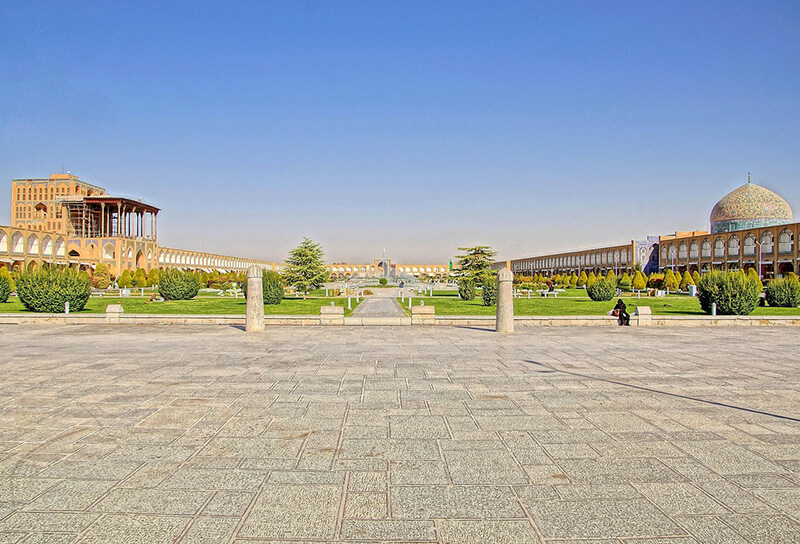
Main Attractions in Isfahan
Isfahan’s city center is a showcase of some of Iran’s most iconic landmarks, perfect for both first-time visitors and seasoned explorers.
- Naqsh-e Jahan Square
One of the largest city squares in the world and a UNESCO World Heritage Site. Surrounded by architectural gems like the Imam Mosque, Sheikh Lotfollah Mosque, and Ali Qapu Palace, it’s a lively place filled with history, handicrafts, and horse-drawn carriages. - Khaju Bridge & Siosepol (33-Arch Bridge)
These elegant Safavid-era bridges cross the Zayandeh River, offering perfect spots for evening walks, local music performances, and peaceful reflection. - Vank Cathedral (Vank Church)
Located in the Armenian quarter of Jolfa, this stunning church features a blend of Islamic and Christian art, with golden frescoes and a peaceful courtyard. - Chehel Sotoun Palace
Meaning “Forty Columns,” this royal garden pavilion was used for ceremonies and state receptions. Its mirrored hall and mural-covered walls are a glimpse into Isfahan’s royal past. - Atiq Jameh Mosque of Isfahan
One of the oldest mosques in Iran, this architectural masterpiece reflects over a thousand years of Islamic design, featuring unique domes, inscriptions, and historic layers.
Attractions Around Isfahan
Isfahan’s surroundings offer unforgettable experiences for nature lovers and cultural travelers alike:
- Nomad Tours
Spend a day with Iran’s Bakhtiari or Qashqai nomads. Learn about their way of life, taste their food, and sleep under the stars in handmade tents. - Desert Tour
Just outside the city, you can explore the peaceful sands of the Varzaneh Desert, enjoy camel rides, stargazing, and watch the sun set over dunes. - Abyaneh Village
A scenic mountain village with red mud-brick houses and locals dressed in traditional clothes. Walking its narrow alleys feels like stepping back in time.
Isfahan is a city that whispers stories with every tile, arch, and courtyard. It brings together people from many backgrounds—Armenian, Persian, Muslim, Christian—each adding a thread to its colorful cultural fabric. For travelers, this big city of Iran is more than a destination; it’s a place to fall in love with beauty, history, and the spirit of Iran itself.
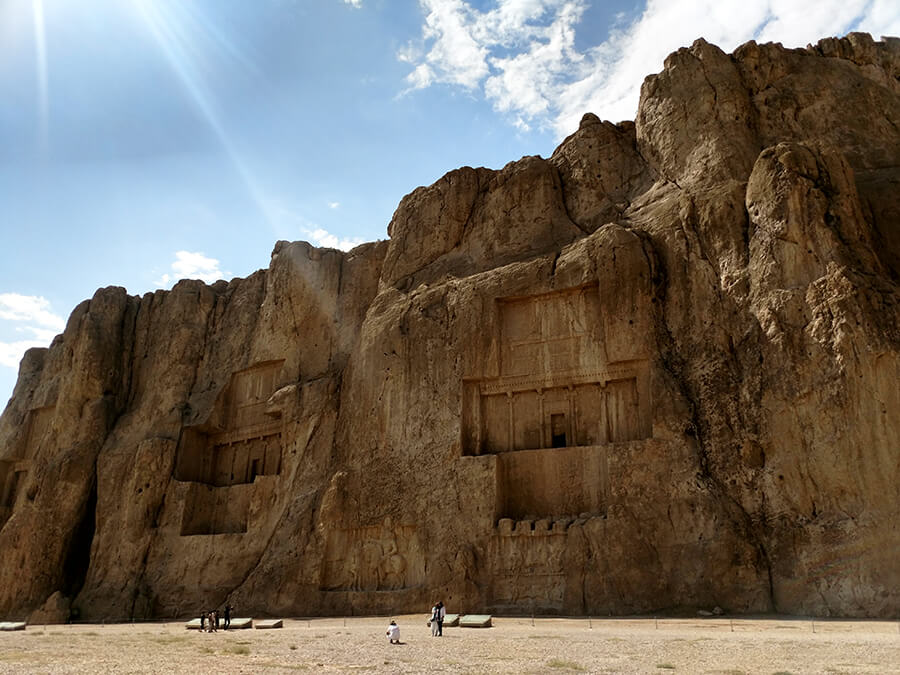
Shiraz: The City of Poets, Gardens, and Timeless Elegance
Among the major cities in Iran, Shiraz holds a special place in the hearts of Iranians. Known as the “City of Poets, Literature, and Flowers,” Shiraz is where history, art, and nature come together in perfect harmony. Located in southwestern Iran, this city has long been a center of culture and trade, and today, it continues to enchant visitors with its romantic spirit and warm, welcoming atmosphere.
As one of the largest cities in Iran, Shiraz has something for every traveler—peaceful gardens, poetic tombs, colorful mosques, and vibrant bazaars. It’s a city where the beauty of Persian life is still deeply alive in every corner.
Must-See Attractions in Shiraz
The city itself is full of charm, and some of Iran’s most famous landmarks are waiting to be explored:
- Eram Garden (Bagh-e Eram)
A picture-perfect Persian garden with tall cypress trees, blooming flowers, and flowing water—a peaceful retreat in the heart of the city. - Nasir al-Molk Mosque (Pink Mosque)
Step inside to witness a rainbow of colors created by sunlight shining through stained glass. It’s one of the most photogenic and magical places in Iran. - Vakil Complex
A historic set of buildings from the Zand dynasty, including Vakil Bazaar, Vakil Mosque, and Vakil Bathhouse—perfect for shopping, sightseeing, and soaking up traditional Shirazi life. - Tomb of Hafez and Tomb of Saadi
Visit the resting places of Iran’s most beloved poets. Locals and visitors alike come to read their verses, reflect, and connect with Iran’s literary soul. - Shah Cheragh Shrine
A stunning religious site known for its dazzling mirror work and peaceful spiritual vibe, drawing both pilgrims and tourists.
Attractions Around Shiraz
Beyond the city, Shiraz opens doors to some of the most iconic ancient sites in Iran’s history:
- Persepolis
A UNESCO World Heritage Site and once the ceremonial capital of the Achaemenid Empire. Walk through grand stone columns and detailed carvings that tell the story of ancient Persia. - Pasargadae
The tomb of Cyrus the Great, founder of the Persian Empire, and one of the earliest examples of Persian garden design. - Naqsh-e Rustam
A cliffside necropolis with giant rock-cut tombs of Persian kings, located just a few minutes from Persepolis. - Nomad Tours
Experience a day with the Qashqai nomads of the region—learn about their lifestyle, taste local food, and enjoy storytelling under the stars.
Shiraz is more than a historical destination—it’s a city that speaks through poetry, flowers, and the voices of its friendly people. Known for its calm vibe and cultural depth, this big city of Iran is the perfect stop for those who want to connect deeply with Persian heritage. Whether you’re wandering through ancient ruins or sipping tea in a garden, Shiraz offers an experience that stays with you long after your journey ends.
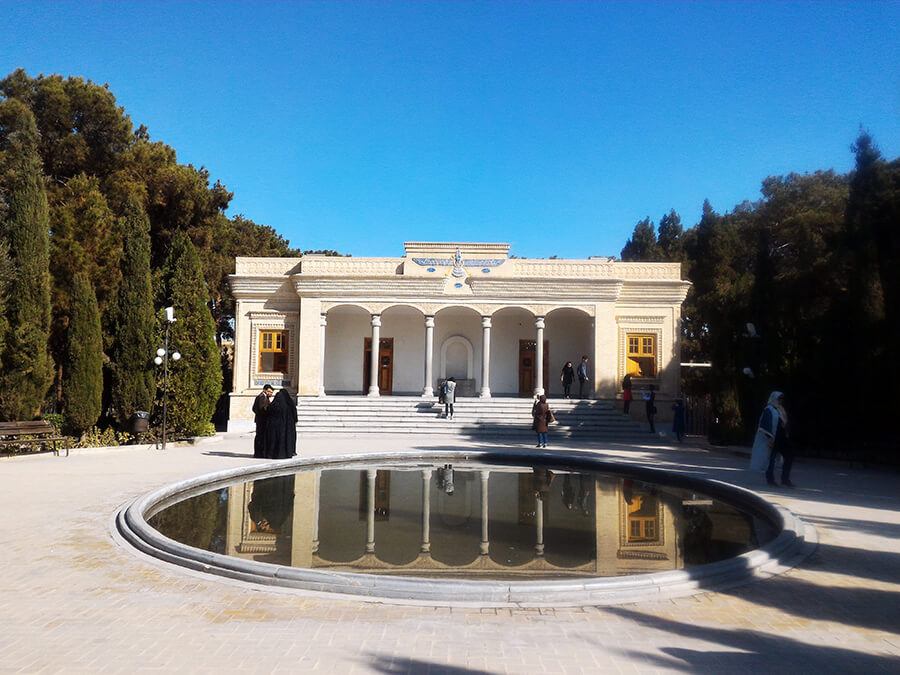
Yazd: The Ancient City of Wind and Wisdom
In the heart of Iran’s desert lies Yazd, one of the oldest continuously inhabited cities in the world. Known for its sandy streets, wind towers, and timeless calm, Yazd is a place where tradition lives on in every mudbrick wall and narrow alleyway. It is truly a gem among the major cities in Iran, offering visitors a deep connection to the country’s ancient soul.
Recognized as a UNESCO World Heritage Site, Yazd has mastered the art of desert living. Its historic architecture, clever use of underground water systems (qanats), and well-preserved old town make it a fascinating destination for cultural travelers. While not among the biggest in population, this big city of Iran is unmatched in spirit, beauty, and history.
Must-See Attractions in Yazd
Wander through the old town’s maze-like alleys or climb a rooftop at sunset to see the windcatchers sway gently above the city. Yazd is full of unique sights:
- Towers of Silence (Dakhmeh-ye Zartoshtiyan)
Ancient Zoroastrian burial grounds perched on desert hills—silent, spiritual, and unforgettable. - Old Town of Yazd
A living museum of adobe buildings, domed roofs, and peaceful courtyards—perfect for slow walks and photography. - Jameh Mosque of Yazd
Known for its tall twin minarets and dazzling blue tiles—this mosque is a masterpiece of Persian-Islamic architecture. - Zoroastrian Fire Temple (Atashkadeh)
A place of living history, where an eternal flame has been burning for over 1,500 years. - Dowlatabad Garden
Home to the tallest windcatcher in Iran, this Persian garden offers cool shade, flowing water, and architectural grace.
Attractions Around Yazd
The desert around Yazd is filled with ancient villages and sacred Zoroastrian sites. A short trip from the city reveals even more of Iran’s fascinating culture:
- Chak Chak
A sacred Zoroastrian pilgrimage site built into the mountainside, with a spring said to have mystical origins. - Kharanaq Village
A 1,000-year-old mudbrick village with an abandoned feel, crumbling architecture, and peaceful silence. - Taft and Nartitee Ecolodge
Lush oases just outside the city where you can stay in eco-lodges, pick pomegranates, and experience traditional Yazdi hospitality.
Yazd may not be the busiest or most modern of Iran’s cities, but its quiet power lies in its deep history and peaceful way of life. The people here are proud of their heritage, from Zoroastrian roots to Islamic art and architecture. For travelers searching for the soul of Iran in a more timeless setting, Yazd offers a magical stop along the journey through the largest cities in Iran.
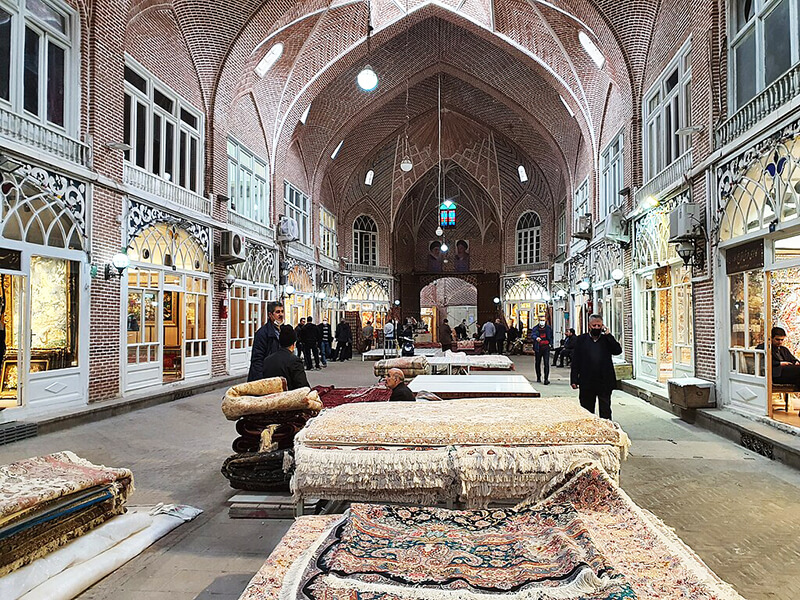
📷 Photo by Mohadeseh N.de, via Wikimedia Commons
Tabriz: Where History and Handicrafts Meet
Set in the scenic northwest of Iran, Tabriz is one of the country’s most historic and culturally rich cities. As one of the major cities in Iran and home to over 1.7 million people, Tabriz has long been a gateway to the Caucasus and a vibrant center of art, commerce, and learning. Often called the City of Handicrafts, it’s especially famous for its world-renowned Persian carpets and deep-rooted Azerbaijani culture.
The heart of Tabriz beats in its Historic Bazaar, a UNESCO World Heritage Site. Walking through this vast covered market feels like stepping back in time—its ancient brick corridors are filled with traditional goods, spices, and artisan wares. It’s also one of the largest bazaars in the world, a true treasure for anyone curious about Iran’s trading history.
Must-See Attractions in Tabriz
- Tabriz Historic Bazaar
A centuries-old marketplace and one of the most important commercial centers on the ancient Silk Road. - Blue Mosque
Known locally as “Kabood Mosque,” this 15th-century mosque is famous for its striking blue tiles and intricate calligraphy. - Arg of Tabriz
A massive brick citadel dating back to the Ilkhanate era, offering impressive views and history. - Poets’ Tomb (Maqbaratoshoara)
A symbolic resting place for over 400 Iranian poets and mystics, including the famed Shahriar. - El Goli (Shah Goli) Park
A beautiful recreational area with a historic pavilion in the middle of an artificial lake—perfect for evening strolls.
Attractions Around Tabriz
- Kandovan Village
A unique village where homes are carved into volcanic rock—often called “Iran’s Cappadocia.” - Jolfa
Located near the Aras River, this area is known for its ancient Armenian churches, stunning river valley views, and the peaceful Saint Stepanos Monastery.
Tabriz is a fascinating blend of tradition and modernity. Its warm and hospitable people, mostly Azerbaijani Turks, speak a Turkish dialect but are fluent in Persian too—adding to the city’s rich cultural mix. Whether you’re shopping for fine carpets, exploring history-filled alleys, or relaxing in its green spaces, Tabriz is a place that tells a thousand stories.
Want to explore Iran incredible cities with a local expert?
Kerman: Gateway to Iran’s Desert Wonders
Located in southeastern Iran, Kerman is one of the oldest and most fascinating cities in the country. As one of the largest cities in Iran, it offers a unique blend of deep history, traditional culture, and stunning desert scenery. Once a key stop on ancient trade routes, Kerman has long welcomed travelers from across the world—and it still does today, especially those eager to explore Iran’s dramatic desert landscapes.
Kerman’s charm lies in its contrasts: lively bazaars and peaceful gardens, historic buildings and vast open spaces. The city is also known for its skilled carpet weaving and pistachio production, which have helped shape its identity as a cultural and economic center.

📷 Photo by Alireza Afkar on Unsplash
Must-See Attractions in Kerman
- Ganjali Khan Complex
A beautiful 17th-century complex at the heart of the old town, featuring a traditional bathhouse (now a museum), mosque, caravanserai, and a lively bazaar. - Jame Mosque of Kerman
Known for its intricate tilework and tall entrance gate, this mosque is one of the architectural highlights of the city. - Jabaliyeh Dome
An unusual octagonal stone structure with mysterious origins, blending pre-Islamic and Islamic architectural elements. - Fathabad Garden
A peaceful Persian garden with a reflecting pool and elegant buildings, offering a quiet escape just outside the city center.
Attractions Around Kerman
- Shahdad Desert & Kaluts
Explore one of the hottest and most surreal desert landscapes in the world, home to giant natural sand formations known as kaluts—a dream for photographers and adventure seekers. - Bam Citadel (Arg-e Bam)
A UNESCO-listed mud-brick fortress and one of the largest adobe structures on Earth, recently restored after a major earthquake. - Shazdeh Garden, Mahan
A stunning terraced garden built in the Qajar era, where flowing water and tall trees create an oasis in the desert.
Kerman is not just a stop on the map—it’s a journey into Iran’s desert heartland. The people are warm and welcoming, and the atmosphere is relaxed yet full of character. Whether you’re a history lover, a nature explorer, or simply curious, Kerman invites you to discover a lesser-seen side of Iran.
Qeshm Island: Iran’s Natural Wonderland
Tucked away in the azure waters of the Persian Gulf, Qeshm Island is Iran’s largest island and a rising star on the country’s travel map. With a unique blend of dramatic landscapes, rich local culture, and ecological wonders, Qeshm offers an experience unlike anywhere else in Iran. Whether you’re a nature enthusiast, an eco-tourist, or just looking to relax by the sea, Qeshm delivers.

Located in Hormozgan Province, Qeshm stretches along the strategic Strait of Hormuz. The island enjoys warm, tropical weather, with October to April being the most pleasant time to visit due to its mild winter temperatures and clear skies.
What truly sets Qeshm apart is its UNESCO Global Geopark status—the only one in the Middle East. This recognition highlights the island’s rare geological features and commitment to environmental sustainability.
Must-See Attractions on Qeshm Island
- Chahkooh Canyon
A breathtaking natural corridor carved into layered sedimentary rock—ideal for photographers and geology lovers. - Hara (Mangrove) Forests
Explore the island’s extensive tidal mangrove ecosystem, home to birds, crabs, and other coastal wildlife. Boat rides are the best way to witness this living habitat. - Stars Valley (Valley of Stars)
According to local legend, stars once fell here from the sky—what remains is a surreal landscape of wind-eroded cliffs and narrow canyons. - Portuguese Fortress
A 16th-century red stone fort offering a glimpse into the colonial presence in the Persian Gulf. - Traditional Villages and Local Culture
Visit local settlements like Laft to see centuries-old wind towers, mud-brick houses, and the living culture of Qeshm’s residents.
Attractions Around Qeshm Island
- Hormuz Island
Just a short ferry away, Hormuz dazzles with its Red Beach, rainbow-colored mountains, and surreal Martian landscapes. A must for nature and art lovers. - Hengam Island
Famous for dolphin watching, crystal-clear waters, and quiet beaches. Its untouched charm makes it perfect for a peaceful day trip.
Qeshm Island isn’t a traditional city—it’s a world of its own. From coastal cliffs and salt caves to warm-hearted locals and ancient legends, Qeshm offers a truly different side of Iran. Travelers seeking authenticity, adventure, and nature will find the island unforgettable.
Mashhad: The Spiritual Heart of Iran
Located in the northeast of Iran, Mashhad is the country’s second-largest city, home to over 4.2 million people and a magnet for millions of visitors each year. Its name—“place of martyrdom”—reflects its deep spiritual roots, as Mashhad is the final resting place of Imam Reza, the eighth Shia Imam. The city’s heartbeat is undeniably spiritual, yet it pulses with vibrant commerce, literature, and local life.
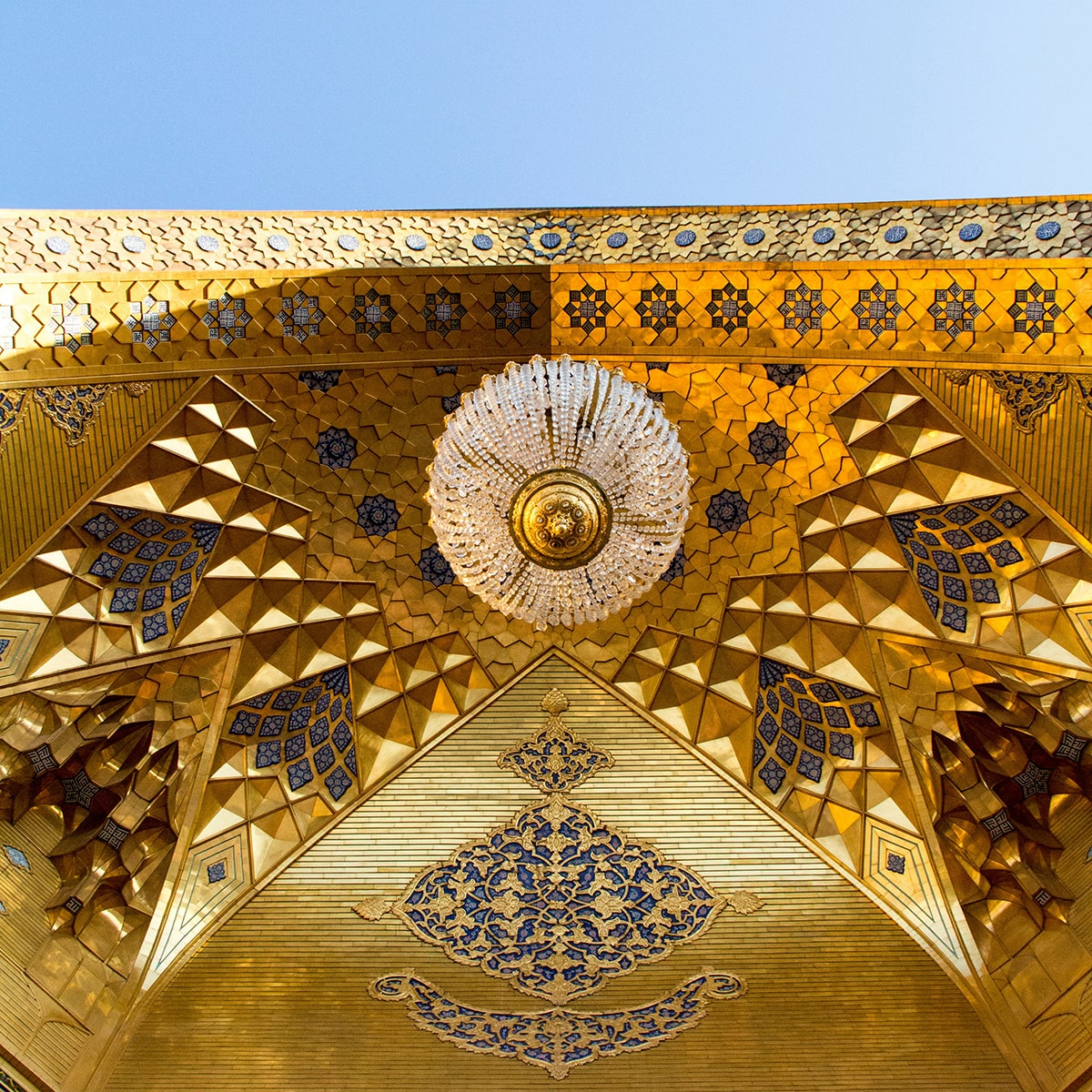
📷 Photo by Mohsen Golriz on Unsplash
Mashhad welcomes an estimated 15 to 20 million pilgrims annually, making it one of the most visited religious cities in the world. Yet beyond the golden domes and courtyards of the shrine complex, visitors will find a city that balances tradition with modernity, religious reverence with Persian poetry, and sacred architecture with lush parks.
The city also plays a major economic role in Razavi Khorasan Province, historically thriving in trade and more recently in industries like textiles, carpet weaving, food production, and pharmaceuticals.
Must-See Attractions in Mashhad
- Imam Reza Shrine Complex
One of the largest mosque complexes in the world, this awe-inspiring spiritual center features shimmering courtyards, intricate tilework, libraries, museums, and a deep sense of devotion. It’s the city’s—and Iran’s—most sacred site. - Kuh Sangi Park
A favorite escape for locals, this rocky hill park offers scenic views, fountains, and walking trails. A great place to enjoy a quiet sunset or picnic. - Nader Shah Afshar Mausoleum
Dedicated to one of Iran’s most powerful military rulers, this modernist monument houses a museum and equestrian statue. - Bazaar-e-Reza
A lively covered bazaar filled with saffron, turquoise jewelry, prayer beads, handmade goods, and everything from souvenirs to sweets. It’s a great spot to engage with local life.
Attractions Around Mashhad
- Tomb of Ferdowsi (Tus)
Just north of the city lies the majestic tomb of Ferdowsi, the national epic poet of Iran. His Shahnameh helped preserve the Persian language and identity. - Tomb of Omar Khayyam (Neyshabur)
This geometric marvel honors Omar Khayyam, the philosopher, mathematician, and poet whose Rubaiyat became world-famous. A serene garden surrounds the structure. - Torqabeh
A popular weekend destination for locals, offering cool mountain air, riverside teahouses, fresh food, and a chance to relax in nature.
Mashhad may first draw you in with its shrine’s golden dome, but it leaves a lasting impression with its cultural depth, literary legacy, and warm hospitality. Whether you’re a pilgrim, a poet, or a traveler chasing meaning, Mashhad is a city that speaks to the soul.
Final Thoughts: A World of Discovery Awaits in Iran
Exploring Iran’s major cities reveals a tapestry of culture, architecture, spirituality, and warm hospitality. From the dynamic capital of Tehran to the sacred atmosphere of Mashhad, each destination offers something truly unique. Isfahan enchants with its turquoise domes and iconic bridges, while Shiraz draws visitors with poetry, gardens, and echoes of ancient empires. In Yazd, winding alleys and windcatchers tell stories of ingenuity and endurance in the desert.
Each city invites you to see a different face of Iran—whether it’s the artistry of a handwoven carpet, the silence of a Zoroastrian fire temple, or the aroma of saffron in a bustling bazaar. The deeper you go, the more you uncover Iran’s extraordinary layers.
As you plan your journey, having knowledgeable local support can make all the difference. Whether you’re after cultural immersion, adventure, or quiet reflection, we’re here to help you travel smarter and deeper—making every moment count.


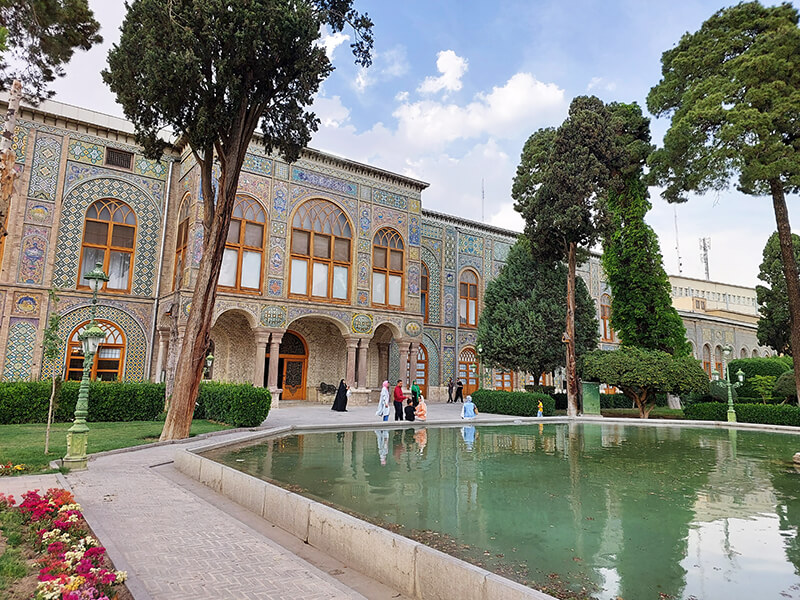
0 Comment